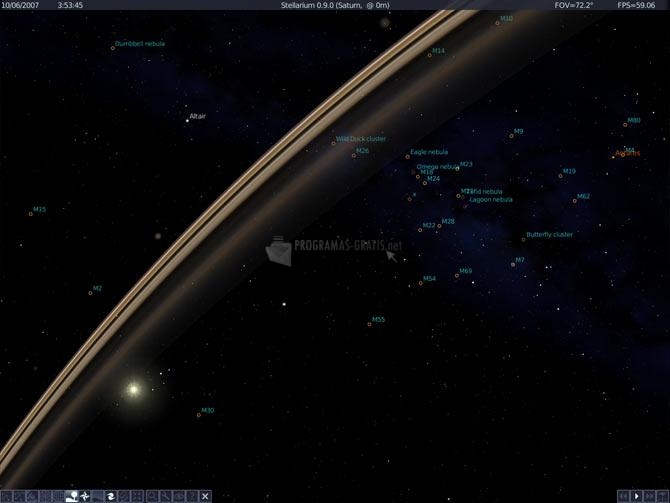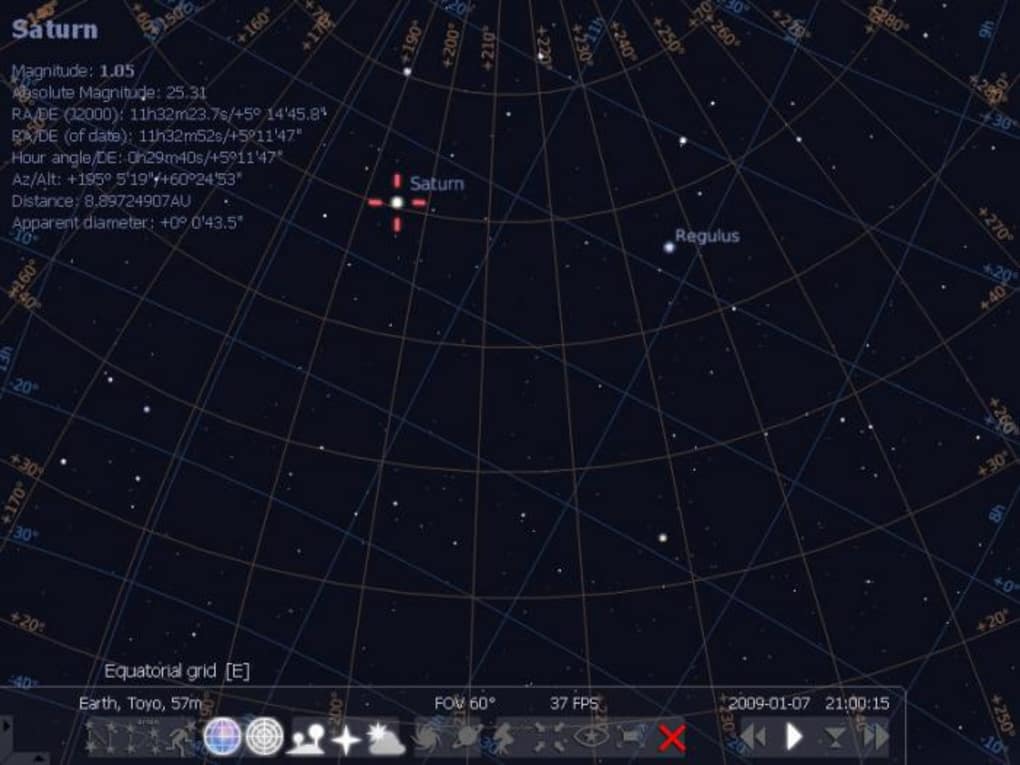

When paying for an app, you expect it to be great, and Stellarium Mobile Plus ($19.99/Android, $13.99/iOS) does not disappoint. Sky Safari is a fun, immersive choice for beginner and intermediate stargazers alike, and it makes learning about space easy.īest Premium Astronomy App: Stellarium Mobile Plus Stellarium You can even toggle night mode and view the night’s expected astronomical events, like where to see planets or if the ISS will be visible. I let the app run for about 45 minutes on my phone and it went back past 45,000 B.C.E (and I’m sure it could go further). No, I’m not talking about Doctor Who or Marty McFly, but the app can show you an animated simulation of how celestial contents moved as you “travel” back through time. The coolest feature of Sky Safari is one that’s more fun than function: time travel. You can learn more about an object by tapping on it, then on Selection, and Object Info from there, you’ll see the object’s name and photo, as well as information about its appearance, mythology, historical observations, evolution, and more. I recommend toggling the app’s Compass option for automatic real-time tracking (so you don’t have to manually move it). The app offers the standard night sky map with AR constellation overlay, as well as tons of helpful information about celestial bodies (including over 120,000 stars and hundreds of other objects) in its sleek and well-organized interface. If you’re new to astronomy, Sky Safari (Free/Android, $2.99/iOS) is a great place to start. Night Mode: Dark mode is awesome, but when you’re stargazing, it’s all about night mode, which reddens fonts, buttons, and anything that isn’t black on your screen so that you can maintain your eyes’ dark adaptation while stargazing.īest Overall Astronomy App: Sky Safari Sky Safari.Some keep it brief, only telling you an object’s name and a quick blurb about it, while others provide more comprehensive information, including the object’s location, composition, mythology, distance from Earth, and so on. It’s another thing entirely to be able to click on one and see information about it in an instant, which these apps do. Object Information: It’s one thing to see asteroids or planets in the app.They should also be able to track and show you their movements in real time. They should be connected to large databases that can show you at least a few hundred thousand stars, nebulae, galaxies, artificial satellites, and other deep sky objects.


And for advanced users, important information needs to be available at a glance so you can spend your time staring at the stars and not at your phone.
#STELLARIUM PORTABLE HOW TO#
It can be confusing (or downright overwhelming) for beginners at first until they learn how to parse it, so it’s important that these apps be intuitive, well-organized, and able to provide assistance or helpful descriptions when needed.


 0 kommentar(er)
0 kommentar(er)
